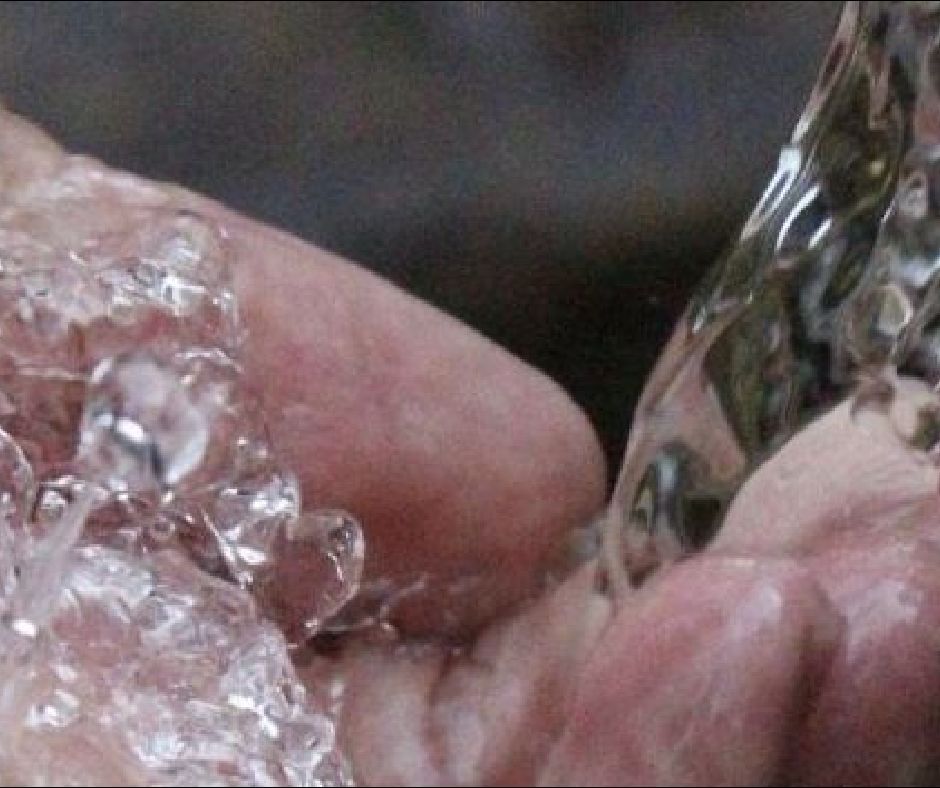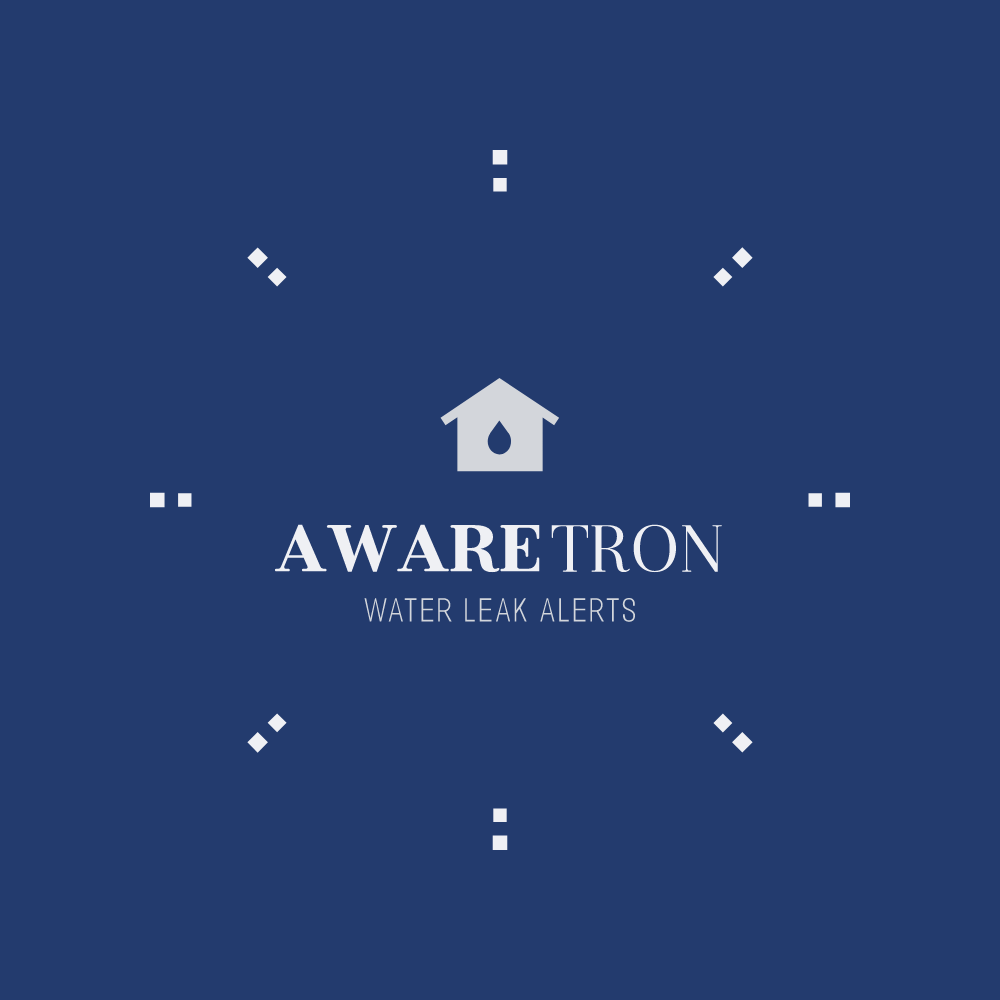Fixing and preventing water leaks shows that you care about the environment.
Water is a precious and vital resource that sustains life on Earth. However, water is also a finite and vulnerable resource that faces many threats from human activities. One of these threats is water leakage, which occurs when water escapes from pipes, faucets, toilets, showers, and other fixtures in homes and buildings. According to the U.S. Environmental Protection Agency (EPA), household leaks can waste nearly 1 trillion gallons of water annually nationwide1. This is equivalent to the annual household water use of more than 11 million homes2. To put this in perspective, 1 trillion gallons of water can fill about 40 million swimming pools or 24 billion bathtubs3.
Water leakage not only wastes water, but also has negative impacts on the environment and human health. Here are some of the environmental consequences of home water leaks:
- Water leakage contributes to water scarcity and drought. Water scarcity is a situation where the demand for water exceeds the available supply. Drought is a prolonged period of abnormally low rainfall that causes a shortage of water. Both water scarcity and drought can affect the availability and quality of water for drinking, agriculture, industry, recreation, and wildlife. Water leakage can exacerbate these problems by reducing the amount of water that can be used for these purposes. The growing constraints of the Colorado River water service area serve as a warning.
- Water leakage increases energy consumption and greenhouse gas emissions. Water leakage requires more energy to pump, treat, and distribute water to consumers. This energy consumption generates greenhouse gas emissions that contribute to climate change. According to the EPA, letting your faucet run for five minutes uses about as much energy as letting a 60-watt light bulb run for 14 hours1. Think of the amount of energy used to process 1 trillion gallons of water that will never be used. Moreover, the EPA estimates that fixing household leaks can save homeowners about 10 percent on their water bills1.
- Leakage in underground pipes from the water main into the home can contaminate drinking water and harm aquatic ecosystems. Water leakage can introduce pollutants and pathogens into the water supply system, especially when the pressure drops and groundwater or surface water is sucked into exposed pipes. This can affect the quality and safety of drinking water and pose health risks to humans and animals. Water leakage can also affect aquatic ecosystems by altering the flow and temperature of rivers, lakes, and streams. This can disrupt the natural balance of these habitats and harm the plants and animals that depend on them.
- Water leakage can damage infrastructure and property. Water leakage can cause structural damage to pipes, buildings, roads, bridges, and other infrastructure. This can result in costly repairs and maintenance, as well as safety hazards. Water leakage can also cause property damage by flooding basements, yards, gardens, and other areas. This can ruin furniture, appliances, carpets, plants, and other belongings.
As you can see, home water leaks are not only a tremendous waste of a precious resource, but also a threat to the environment and human well-being. Therefore, it is important to detect and fix leaks as soon as possible to conserve water and protect our planet. The EPA has some tips on how to find and fix leaks in your home1. By fixing leaks in your home, you can save water, money and energy. By proactively preventing water leaks in your home one shows a profound respect for the environment.
References
1. epa.gov2. 19january2017snapshot.epa.gov3. ferret-technology.com4. 19january2021snapshot.epa.gov5. 19january2017snapshot.epa.gov6. epa.vic.gov.au7. oceanservice.noaa.gov8. leaktracersdirect.co.uk

